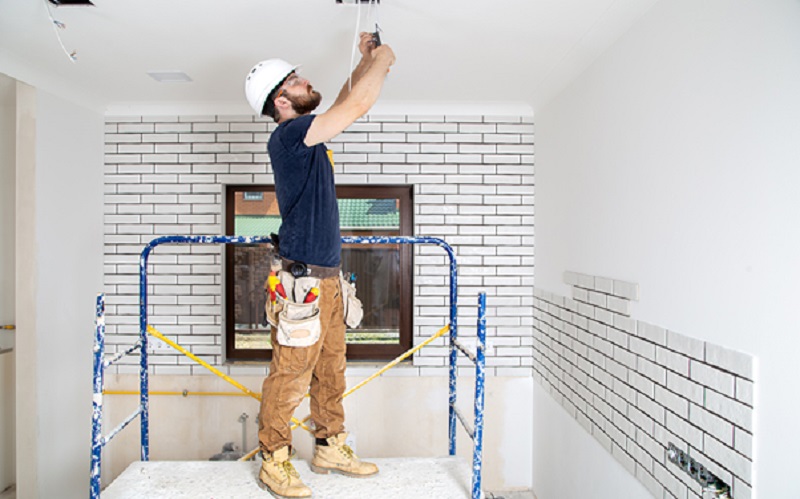Ceiling fans are a popular choice for many Singaporean households seeking to improve airflow without relying solely on air conditioning. But before getting one installed, it’s important to understand the key factors influencing the total cost. Whether you’re upgrading your current setup or installing a fan in a new space, knowing what goes into ceiling fan installation can help you make a well-informed decision.
Why Choose a Ceiling Fan?
In Singapore’s warm and humid climate, ceiling fans are a practical and energy-efficient way to cool down your home. Unlike standing or table fans, ceiling fans distribute air more evenly and are less intrusive. They can complement your existing air-conditioning system to reduce electricity bills. However, while the unit itself might not be too expensive, the ceiling fan installation is a cost consideration that many overlook.
Breaking Down the Cost of Installation
When discussing the installation cost of a ceiling fan, several factors come into play. These include the complexity of the setup, the height and material of your ceiling, and whether new electrical wiring is needed. For HDB flats, installation is usually straightforward if you’re replacing an existing light fixture. However, if additional electrical points are needed, you might face higher charges due to the labour and materials required.
Basic installations may start from around $50 to $80 if minimal work is needed. More complex cases that require ceiling support structures or wiring reroutes can range from $120 to $200 or more. It’s also worth noting that some electrical contractors offer package deals that include both the fan and installation, which could offer better value depending on your needs.
Labour and Electrical Requirements
One of the key components of ceiling fan installation is professional labour. In Singapore, only licensed electricians should carry out the work due to safety regulations. This ensures your installation complies with building codes and avoids fire hazards or power issues. Labour costs typically include transportation, setup, testing, and removal of any old fittings.
If you live in a flat with a false ceiling or a ceiling that requires reinforcement, this will incur additional costs. Ceiling fans are heavier than standard lights and need to be securely anchored to a support beam or mounting bracket. Discussing these details with your electrician in advance will prevent surprises on installation day.
Fan Types and Cost Implications
The kind of fan you choose also affects installation complexity and, consequently, the cost. A basic 3-blade ceiling fan without a light is generally the easiest to install. However, fans with integrated lights, remote controls, or smart features require additional connections and setup time.
Modern fans with features like DC motors or remote control units may need specific wiring and calibration, pushing up the installation cost of the ceiling fan. Some models may also come with proprietary mounting systems that require specific handling by trained professionals. When purchasing a fan at an online store, it’s advisable to check the installation guidelines and consult your installer to understand if any special considerations are needed.
What to Expect Before and After Installation
Before scheduling your ceiling fan installation, ensure you’ve measured your room properly to select a suitable fan size. Rooms with higher ceilings or larger floor areas may require fans with longer blades or multiple units for optimal air circulation.
After installation, your electrician should test the fan for wobbling, noise, and speed consistency. Proper balancing is key to ensuring longevity and comfort. Some contractors provide a short-term warranty for their work, which offers peace of mind in case of any post-installation issues.
Additional Services and Hidden Costs
While comparing quotes, be sure to clarify what’s included in the pricing. Does the quote include the removal of an old fan? Are there additional charges for drilling into reinforced concrete or false ceilings? What about hidden costs like GST or weekend installation surcharges?
Some electricians offer additional services such as switch replacements or mounting support brackets for a small fee. Always ask for a detailed breakdown of services so you can plan your budget accurately and avoid unexpected charges. A reliable electrician will be transparent about the full scope of work and fees.
Conclusion
Understanding the ceiling fan installation process and the associated costs allows homeowners to make more informed decisions. While the installation cost of a ceiling fan can vary depending on your specific needs and setup, knowing what to expect helps you stay within budget and ensures a safe, efficient installation. For peace of mind and professional results, always work with a licensed electrician.
Get to know more about Sense N Bedeck today to get a quote and book your ceiling fan installation with confidence.





